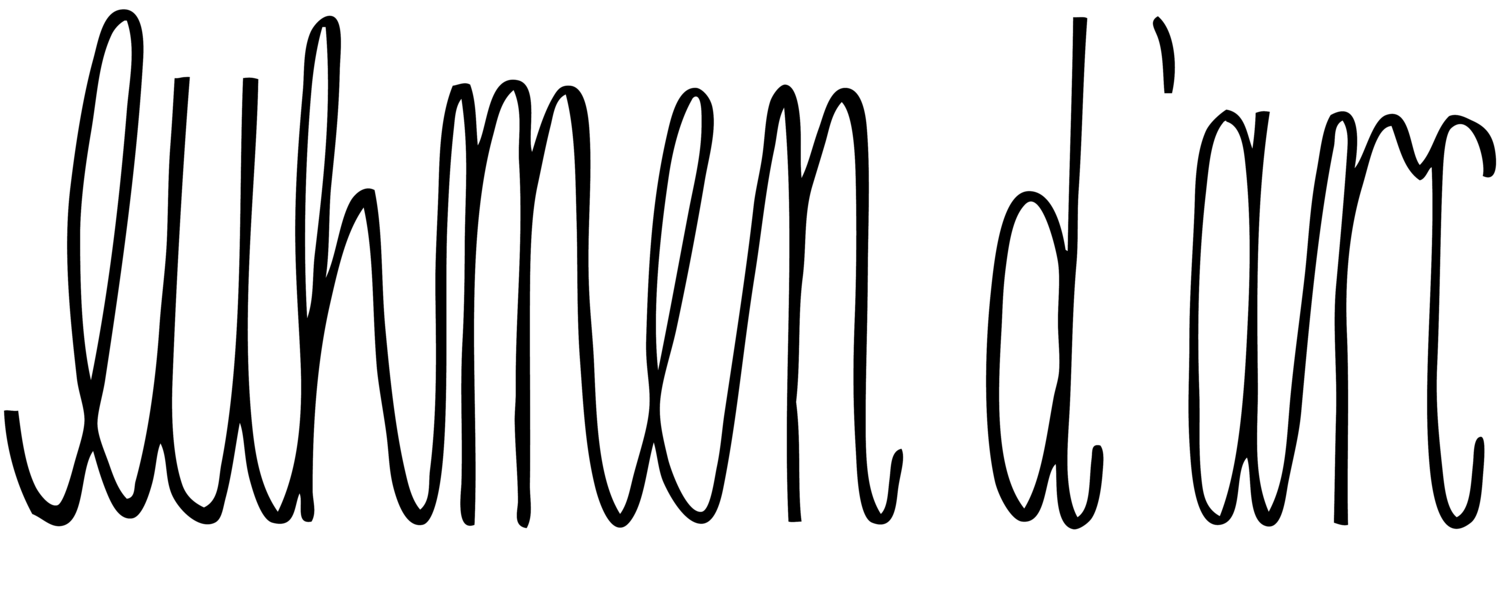Devouring, digestion and cocoreç
A guest article by Till Ferneburg about Eva Fàbrega's Devouring Lovers at the Museum Hamburger Bahnhof, Saralisa Volm and the transformation through and of bodies.
"Trains pulled by steam locomotives ran incessantly in and out of the main hall, which was like a vessel for these powerful machines - a kind of mechanical coitus," says Eva Fàbregas in an interview about the exhibition. In this industrial monument called Hamburger Bahnhof, which the artist can imagine as a "giant mouth" or "womb", she has put something organic, something amorphous, which is a contradiction, because nothing here is shapeless and without form. The preoccupation with the corporeal forces itself upon us: Tubers, spherical tubes and balloon chains everywhere, writhing forms in elastic fabric. Construction foam? Flower pollen? Marshmallows? The mustard-yellow, pink and lilac-colored lycra bags hang from the ceiling like snot and slime, winding around steel beams and reaching for me with nubby tentacles. A museum employee says that one visitor is eaten and digested every day.
Breasts are testicles
I love you to bits, they say in love. We like to take in and put in: Food, inspiration, tongues, limbs and toys. We unite and are devoured. Bodies are transformation machines, an elastic field full of narrative strands. So are these organs with sexual connotations? No, because I think too often of plastic for that. Both of plastic, the ancient Greek πλάσσειν plássein for shaping and kneading, and of plastic as a generic term for synthetic materials. So it is sexual after all, because that brings us to Jeff Koon's silicone fillings and these opposites of limp and taut, solid and liquid, supporting leg and free leg. These objects are not flawless, at second glance you can see seams, like scars, which are both irritating and yet conform to the norm. They form what is always transformation, birth and decay. I think of the latex sculpture suit Avenza that Louise Bourgeois once wore, of the goddess Artemis of Ephesus with the many breasts that could also be testicles, of bodies other than the usual ones. Last year, at the Biennale d'art contemporain in Lyon (directed by Till Fellrath and Sam Bardaouil, who now run the Hamburger Bahnhof as dual directors), Eva Fàbrega's body looked like melted testicles.
Body issues are power issues
Which brings us to Saralisa Volm, who has written a furious and readable inventory of the female body body. The access authorization she demands for a broader spectrum of perspectives, here it is granted. Look at them, the bulging udders and peas, soft pods and creepers, crushed swelling and cavernous bodies. The imperfect, obscene, deficient, which is no longer fought against. The construction site body is released into freedom. What was previously heteronomy becomes body neutrality. Good or bad, beautiful or evil, who wants to know? Eva Fàbregas affectionately calls her forms "monsters", which include a nonchalance (and ambivalence) that the ready-made, photo-shopped present lacks.
Expand body image
Fits Berlin, I think to myself. This city has a fleshy flavor. There is so much bodywork to be found here, haptic, tactile, queer, recently at the bazaar of the same name on the Holzmarkt, now at the Matter of Flux festival by and for FLINTA*, which has just ended. The idea of gender and sexuality as something fixed, which is deeply rooted in our society, dissolves here. Touching and being touched is possible in this city, just as touch can be challenging or healing. Body and gender also apply to spatial bodies and sculpture. Cities like Berlin and Barcelona, where Eva Fàbregas grew up, are flowing, enveloping, devouring lovers, in an incessant act with their inhabitants, resistance and devotion included. Eva Fàbrega's installation plants expand our body image and the architecture that surrounds us. The longer I look at this growing-becoming, the less conventional and judgmental my thoughts and concepts become. Something mutual, symbiotic emerges, in which I readily accept change. Even if growth is to be seen ambivalently, containing both the fruit in the womb and the tumor that eats my intestines.
Once with everything, please
Later in the day, I devote myself to a different kind of intestine: Kokoreç (pronounced: Kokorätsch), small intestines from lamb, glued together with fat and offal, wound into a coil (like an alien worm parasite) and grilled over charcoal. It's not everyone's cup of tea because the flavor ranges from intense to strong. I eat the slices behind the Ankerklause, down Kottbusser Damm, at Gokoreç, where they grill the lamb horizontally over wood (instead of using gas as a heat source). It's a thousand times better than kebab, even though I'm now reminded of my bowel movements, the diverticula in Hamburger Bahnhof and a colonoscopy I once had. Aren't we all shape-shifters and ready for something new? Sensory? Somatic? The plasmatic?
You will soon find out more about Till Ferneburg on his website >>www.tillferneburg.de






